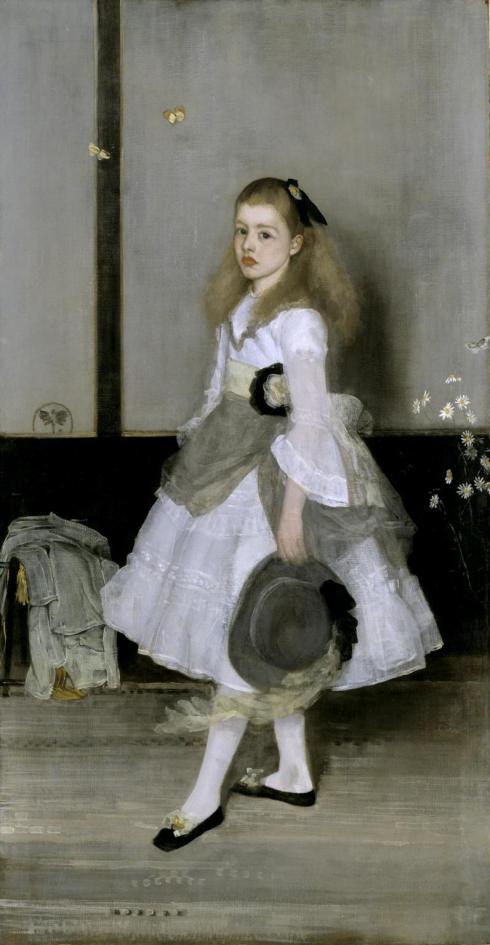“Set sail in those turquoise days…”
(Echo and the Bunnymen, Turquoise Days)
 Andrew Wyeth, Three Master Aground, 29 May 1939, watercolour and pencil on paper
Andrew Wyeth, Three Master Aground, 29 May 1939, watercolour and pencil on paper
This gloomy watercolour by Andrew Wyeth instantly struck a chord with me because it brought to mind the solitary landscapes of the German Romantic painter Caspar David Friedrich and the moody music of Echo and the Bunnymen’s second album “Heaven Up Here” (1981) which is an all time favourite of mine, and I especially savour it in this time of the year. As someone who is continually seeking the connections between painting and rock music, literature and art, music and literature etc, this is a perfect match in mood, for the sounds of the “Heaven Up Here” transport me to a wet, solitary beach where the sea and the sky meet in a kiss while the dusk is slowly taking over… Wyeth’s watercolour strongly conveys a similar mood, at least to me because the colours are beautifully chosen.
Wyeth, who usually had a penchant for taking an ordinary motif and transforming it into an extraordinary one, took a simple motif of a three master or a ship with three masts and painted a stunning watercolour using a palette of only a few colours, but visually strong and captivating ones. The ship is leaning on its right, the sea waves are strong, they are cradling the ship as if it were a baby in the crib. The nature can easily destroy something man-made, even if it is as big as the ship, and it’s easy to see just how powerless and meaningless the small human figures are compared to the vastness of the sea. The figures here almost appear to be melting into the rest of the scene and they bring to mind the figures in Caspar David Friedrich’s melancholy seascape painting though Wyeth’s watercolour is more dynamic and expressive than meditative and dreamy. The combination of the dark colours and the whimsical, playful way the watercolour seemed to be painting itself creates a contrast that stimulates and excites our eyes.
The liquid and often capricious medium of watercolour is perfect for this kind of a scene because it vividly portrays the sea waves, better than a dry medium of pastel would, for example. When you gaze at these dark and murky waters you know they were painted with water, you can imagine the brush heavy with drops of rich colour hitting the surface of the paper and leaving a rich, dense trace which grows paler as the stroke gets longer… The greedy paper takes in the colour just as the sand on the beach drinks in the water of the sea. I feel that watercolour can translate the mood of melancholy, isolation and gloom better than other mediums. Wyeth was only twenty-two years old when he painted this watercolour; the same age as Echo and the Bunnymen’s singer Ian McCulloch when he sang the lines “set sail in those turquoise days…” from the above mentioned album. In 1937, at the age of twenty, Wyeth had his first one-man exhibition of mostly monochromatic watercolours. Seeing the gorgeous “Three Master Aground” we needn’t be surprised that the exhibition was a huge success and that all the watercolours were sold.



